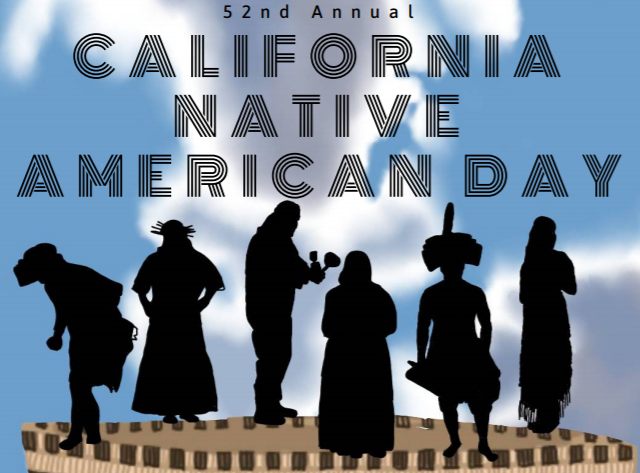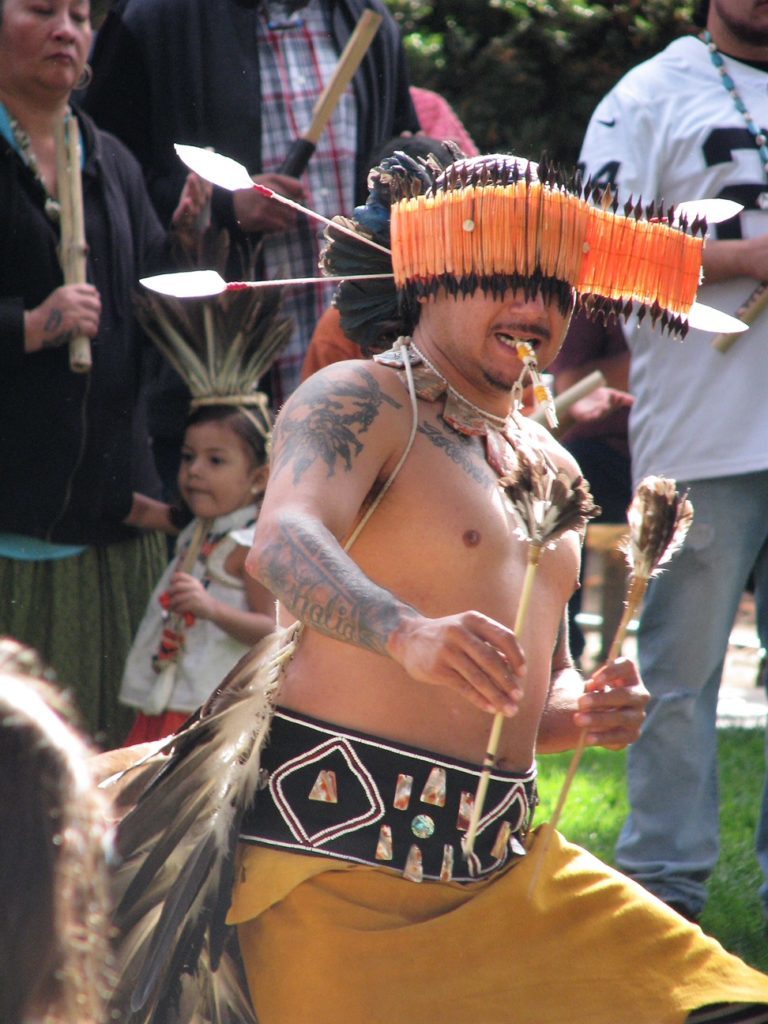
Across the state and at the Capitol, Californians will celebrate the many historical and cultural contributions of Native Americans as part of California Native American Day festivities on Sept. 27.
California Native American Day, first proclaimed in 1968 and recognized as an official state holiday in 1998, is celebrated the last Friday of every September to commemorate Native American history and build cultural awareness about the people and tribes who were stewards of this land for centuries before settlers and colonizers arrived. California has the largest indigenous population in the nation, with more than 360,000 Native Americans from 109 federally recognized tribes.
This year’s California Native American Day comes only a couple months after Gov. Gavin Newsom issued an executive order apologizing for past policies and practices in California that encouraged and subsidized genocide against Native Americans.
“That’s what it was. A genocide. That’s the way it needs to
be described in the history books,” Newsom said in June. “California must
reckon with our dark history. We can never undo the wrongs inflicted on the
peoples who have lived on this land that we now call California since time
immemorial, but we can work together to build bridges, tell the truth about our
past and begin to heal deep wounds.”
The governor will deliver opening remarks at a free community celebration Sept. 27 from 10 a.m.-2 p.m. on the West Steps of the State Capitol to commemorate California Native American Day, featuring dance, food, an honoring of elders and other cultural sharing. A number of events are planned across the state, including a free, public celebration from 6-9 p.m. at California State University, San Bernardino held by the San Manuel Indian Reservation, which will include Native American bird songs, music, art and traditional foods.

Whether to celebrate Native American Day, commemorate Native American Heritage Month in November, or utilize in classrooms on an ongoing basis, there are a variety of resources to help educators share the rich histories of Native peoples with students. NEA provides lessons, activities and resources to explore Native American and Alaska Native culture, as well as a Read Across America list of books for students recommended to help young readers learn about Native people and their nations. (For guidance on choosing and sharing children’s books on the heritage, history and contemporary communities of Native Americans, visit Read Across America partner Colorín Colorado).

The National Archives also provides links to primary sources and ready-to-use teaching activities about Native American and Alaska Native cultures and communities.
Visit the National Indian Education Association to learn more about comprehensive, culture-based educational opportunities for Native Americans, Alaska Natives and Native Hawaiians, as well as an extensive report on the history of Natives in the American education system.
The Discussion 0 comments Post a Comment